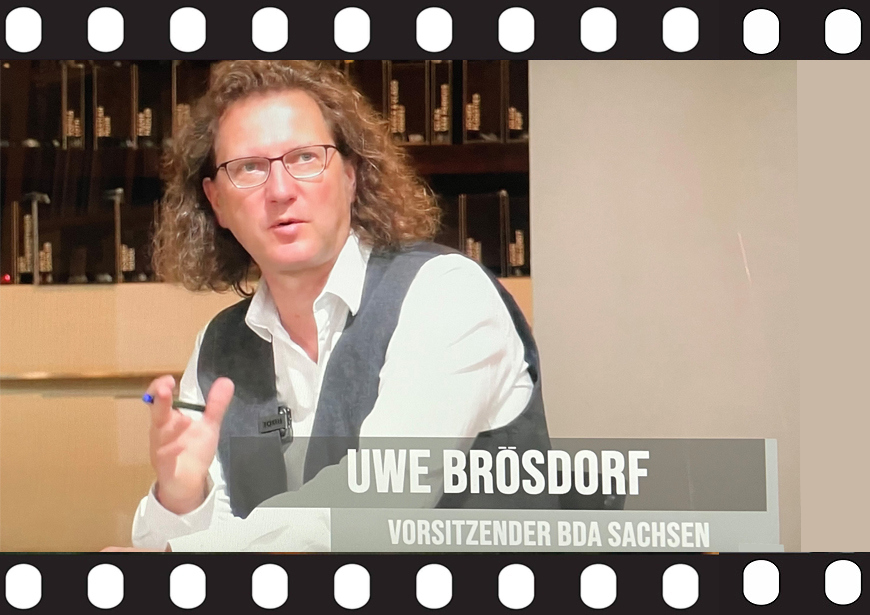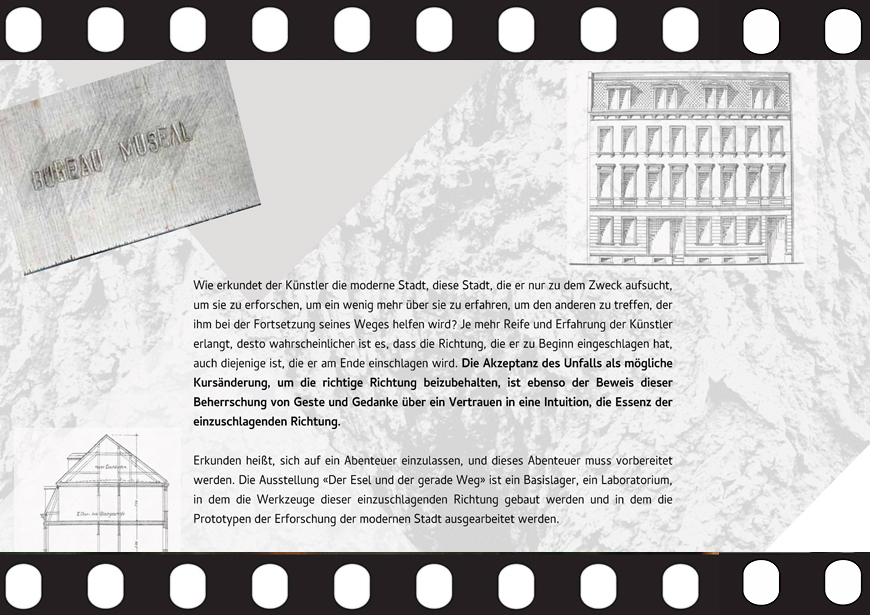Urbane Obsolescences
Urbane Obsolescences
New typological resources for brownfield development using the Leipzig Baumwollspinnerei as an example
This year’s 16th BDA Day (event organised by the Association of German Architects) was held under the motto “Creative omission. Building according to growth” at various venues. In Hall 14, introductory speeches were broadcast from Berlin. Subsequently, the Leipzig event looked at the subjects of interim concepts, building redevelopment and urban and open-space planning from various perspectives. Hall 14 presented its mobile library with a selection of books on urbanism, architecture, urban planning and urban art.
Stefan Rettich
is an architect and professor of urban development at the University of Kassel. From 2011 to 2016 he was a professor for theory and design at the Hochschule Bremen, City University of Applied Sciences, and for four years prior to this position, he had taught at the Bauhaus Kolleg in Dessau. He is a founding partner and co-owner of KARO* architekten and a co-founder of the initiative L21, 2000-2005.
Since 2019 he has served as the deputy head of the Institute for Urban Development at the University of Kassel, which develops strategies and proposals for sustainable urban and regional development, drawing from the perspective of the various disciplines associated with urban planning. The institute advocates for responsible management and policies in spatial planning, as well as in the facilitation of urban processes.
Julia Köpper + Philipp Stapel
are members of the Leipzig-based Octagon Architekturkollektiv. As an interdisciplinary planning office, the collective focuses on the balance between spatial design and social issues.“We design from the open space out to create places for a wide variety of city-dwellers and develop areas for ecological diversity.”Their work includes not only urban-space studies, concepts and planning, but also structural engineering projects and artistic interventions.
“With experimental formats, such as artistic installations and performative interventions, we take a processual, interactive approach to exploring spatial effects, testing new methods and coming up with temporary designs for spaces. Place and context are also viewed from the perspectives of the users. The experiment is also a method of gaining knowledge, from which interactions between classical design strategies and experimental approaches can result.”
Neven Allanic
is an artist who, in 2008, founded the German-French artist network and residency program Fugitiv in Leipzig, now known as Bureau Muséal. He was also a master student in media art at the Hochschule für Grafik und Buchkunst Academy of Fine Arts Leipzig. Today, he lives and works in both Germany and France.
“My artistic practice is polymorphic: installation, object, performance, photography, video and drawing. It revolves around topics like perception, illusion, scenery, play, emancipation and representation. When my work moves towards installation, the fundamental questions that arise include the influence of the space on our perception, the influence that it can have on us and the path we have to follow in order to emancipate ourselves from it. Then the question Where am I? becomes a methodology for the design of the installation. At the same time, it scrutinises the place that invites, allowing for a resonance that leads to the design of a poetic space.”















